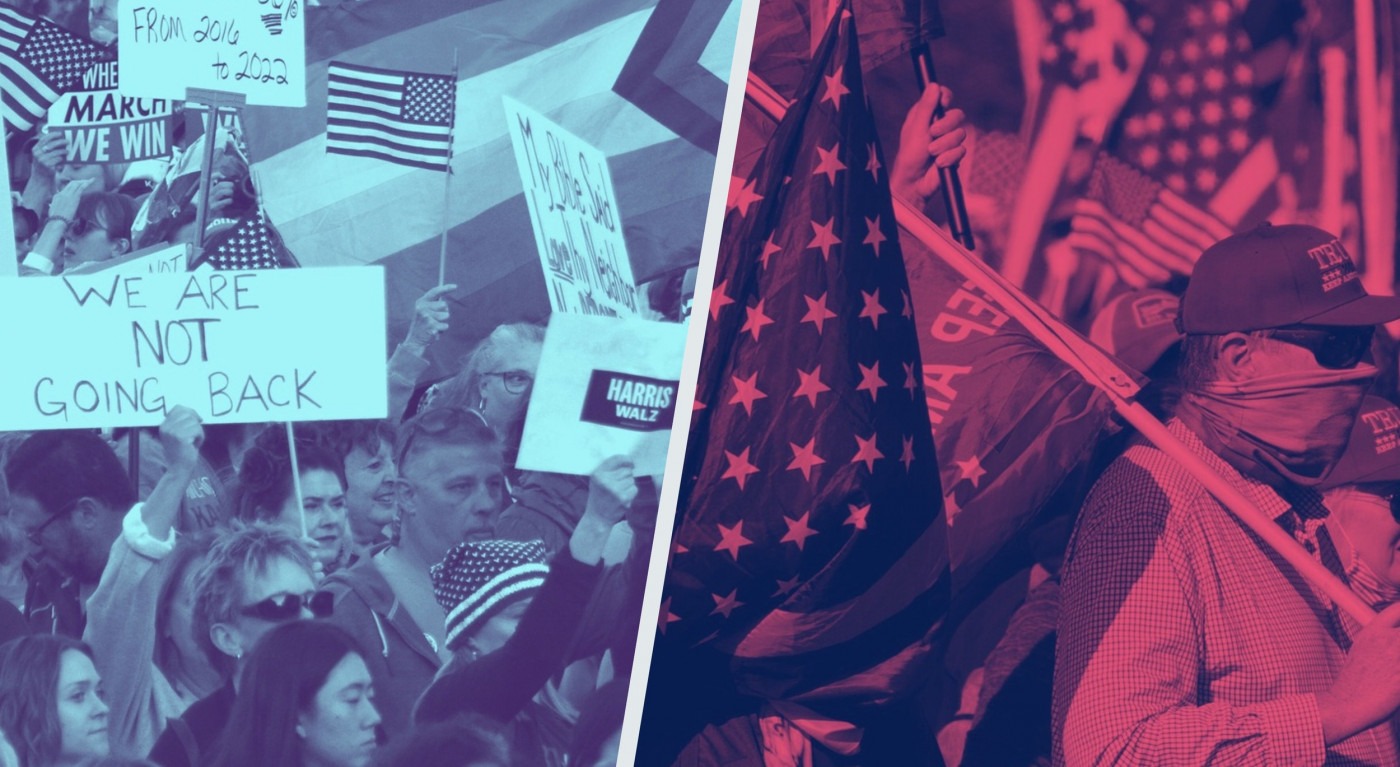The Boar’s State of the Race 2024: The swine-al countdown
With the US presidential election now just days away, the only certainty of the race is its unpredictability.
Both contenders have recently put together closing statements for their respective campaigns. Democratic candidate Vice President Kamala Harris has used some of her party’s biggest stars to make her closing argument to voters, including former President Barack Obama. She hopes to remind Americans why she represents the country’s political future, and why she believes Donald Trump is unfit to re-assume the presidential office.
Republican candidate former President Donald Trump is similarly refining his closing argument in preparation for polling day. However, in spite of having a pre-planned closing argument, he has tended to divert instead to personal attacks on Ms Harris. The closing argument designed by the campaign includes policy issues such as immigration, the economy, and foreign policy.
Across all seven swing states […], the race seems to be a dead heat between both candidates
Across all seven swing states – Arizona, Georgia, Nevada, North Carolina, Pennsylvania, North Carolina, and Wisconsin — the race seems to be a dead heat between both candidates. Of those, however, there is one state that both candidates will be doing all they can to win: in the last New York Times poll, both Trump and Harris were seen to be neck-and-neck in terms of electoral support in Pennsylvania, tied essentially at a dead-heat. The state’s 19 electoral votes are seen to be crucial for either candidate to win the necessary 270 on election night.
As candidates stage their final rallies, a key goal is to amass support from young voters. Both Vice President Harris and former President Trump see the garnering of electoral support from those in the 18-25 age bracket, particularly ethnic minority voters, as central to carrying home the election. This makes the voices of youth voters pivotal in deciding the outcome of this coming election.
She [Kamala Harris] has a stronger campaign, whilst Trump seems disingenuous over several of the issues on the ballot
Benjamin Ebanks, student, MIT
In writing this article, I spoke to a handful of university students from ethnic minority backgrounds, to get their views on the candidates in the closing days of the election. Benjamin Ebanks, a 21-year-old Black voter and Senior at MIT, confirmed he would be supporting Vice President Harris, stating: “She has a stronger campaign, whilst Trump seems disingenuous over several of the issues on the ballot.” Conor Quinn, a Senior at Georgetown, affirmed that: “Young voters in our demographic will have a significant role to play in next month’s election, particularly as a group who does not always turn out.”
In contrast, David Kukoyi, a 21-year-old Black student at the University of Pennsylvania, and consequently a resident of the Keystone State in this year’s election, informed me that he was “not really following the election too closely”, and that he “is honestly unsure about the outcome.” The wide range of sentiments among students I interviewed indicates that electoral participation and engagement are highly intersectional within this group of the electorate, explaining a necessity for both candidates to win over as many of these people as possible.
Across younger generations, whose attention contends with a far broader array of information than ever before, it can be difficult for candidates to communicate a clear central message
Ethnic minority men, of Black and Latino descent, under the age of 30 are a group that has typically had low turnout in election cycles. The hope is that, with seven million new voters added to the electoral rolls in 2024, some members of this portion of the electorate will buck the trend. It may very well be these voters that end up deciding the election for either Harris or Trump.
There is a definitive uncertainty which underscores the outcome of this presidential election, more so than either the 2016 or 2020 presidential races. It is a reality that there are aspects about both candidates that voters are not wholly enamoured with. Across younger generations, whose attention contends with a far broader array of information than ever before, it can be difficult for candidates to communicate a clear central message. Yet it is exactly this portion of the electorate that Harris and Trump need to win the trust of if they want to be successful in the election in November.
The Vice President has retained a lot of the support that the Biden campaign held in 2020. She is now up 13% among female college-educated voters. She has also regained a lot of the support that Biden had accrued amongst Hispanic, Black, and Latino voters. However, the majority of polls are still showing both candidates as being completely tied in terms of their respective support. The latest ABC poll showed Harris leading by less than one point with independent voters, a voting group that will ultimately decide the outcome of the election.

Comments